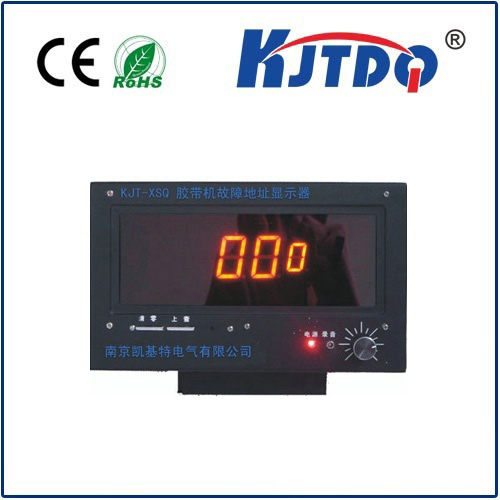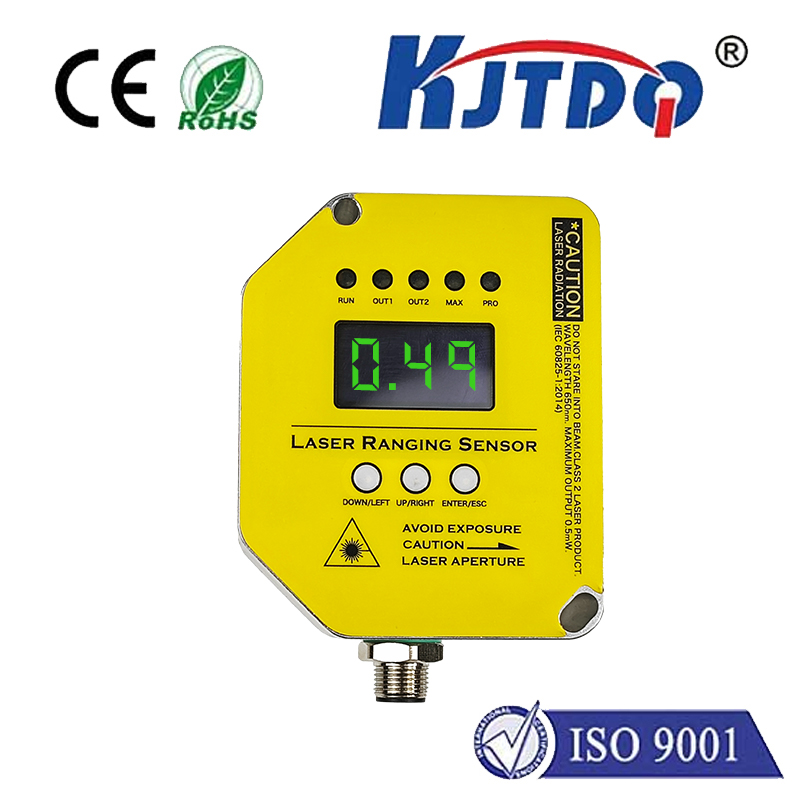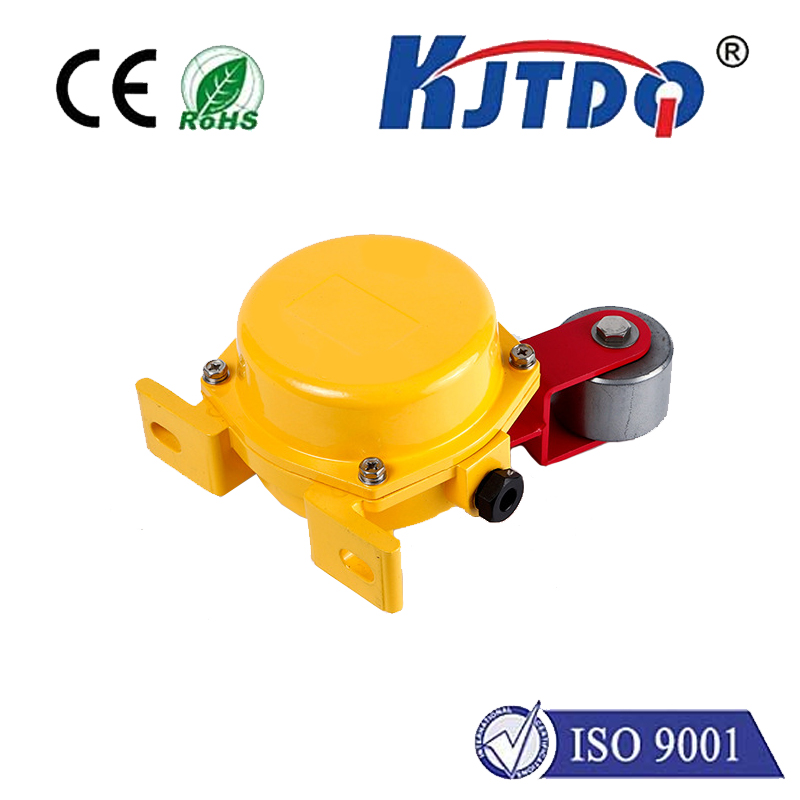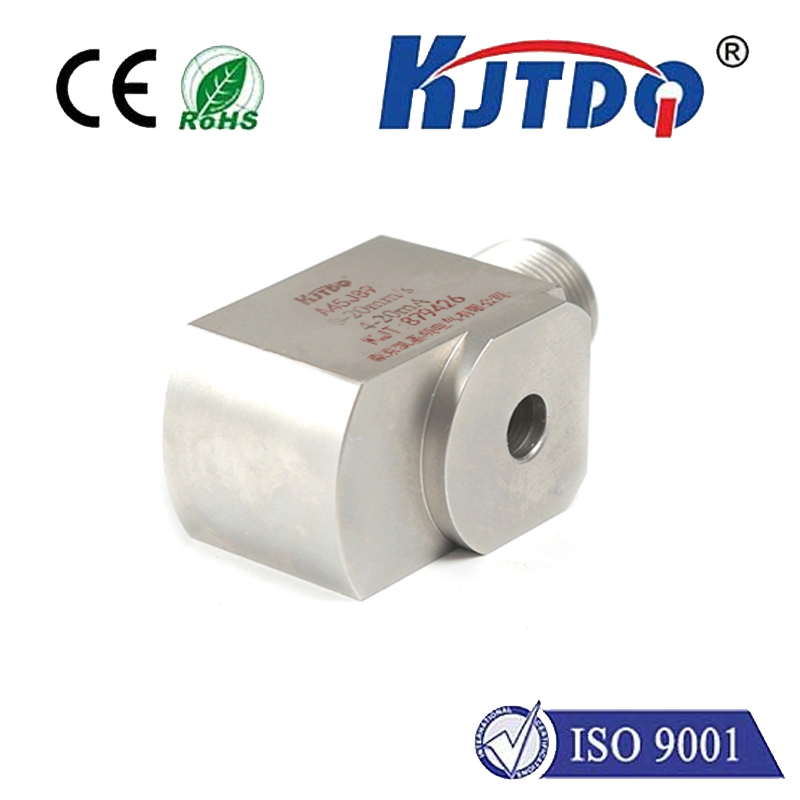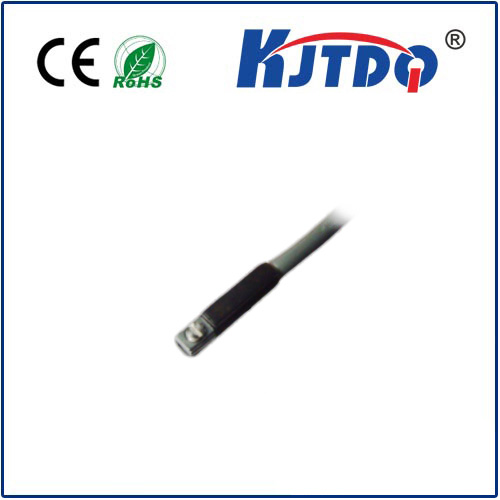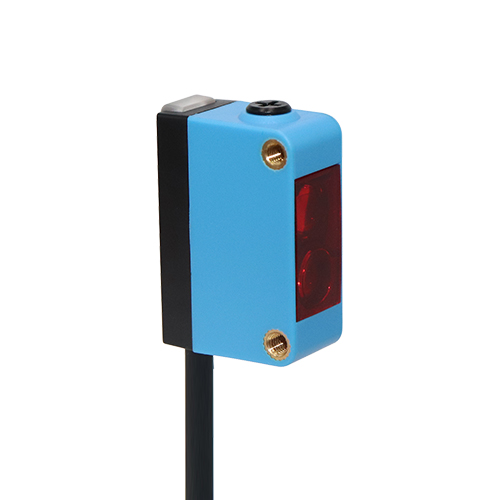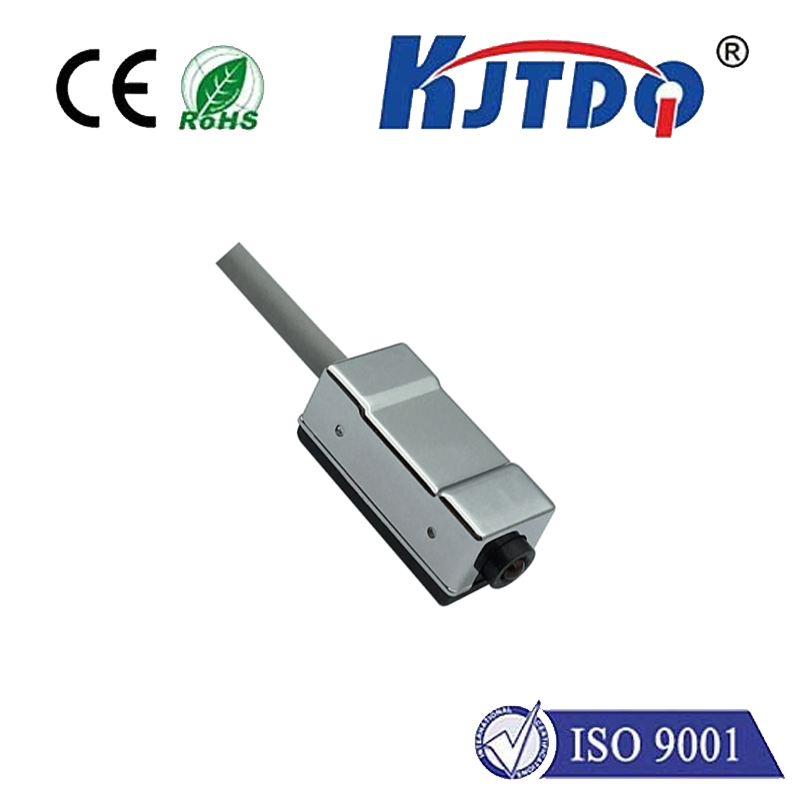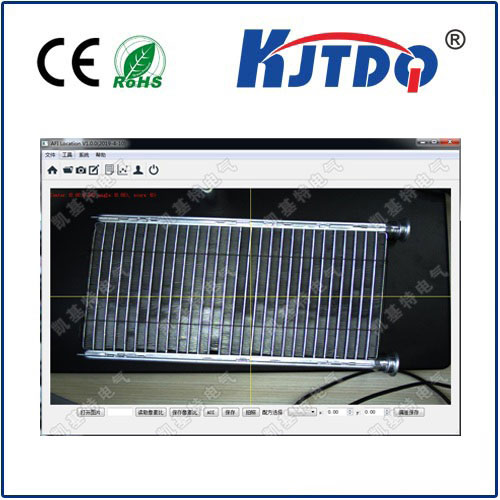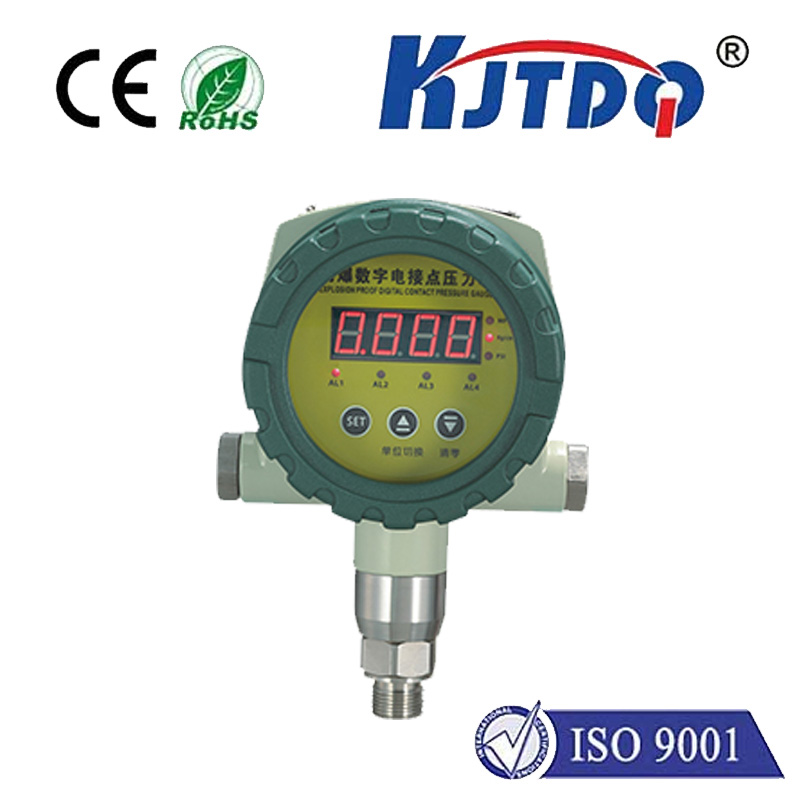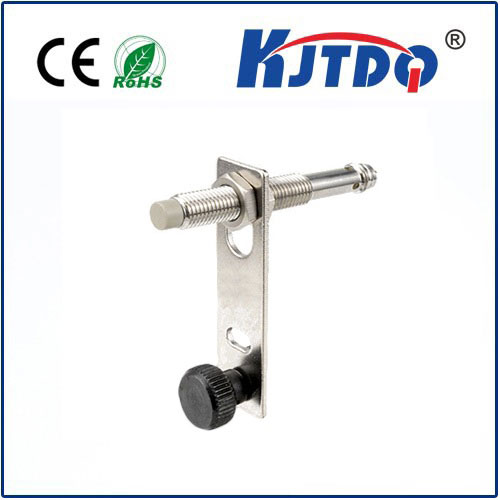
check

check

check

check
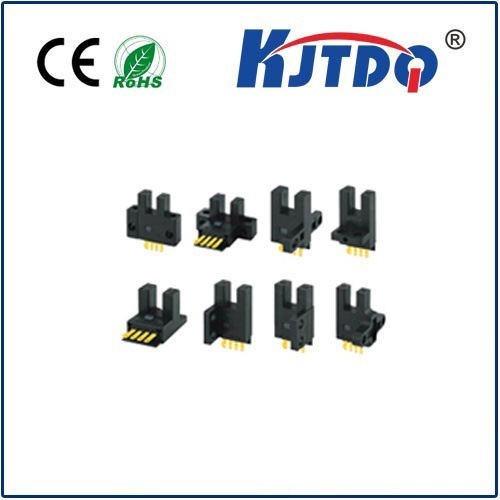
The slot photoelectric switch is a common photoelectric sensor, which consists of two parts: a transmitter and a receiver. The transmitter sends an infrared beam, and the receiver receives it and detects whether the beam is blocked by a target object. Slot photoelectric switches usually consist of a slot (also called a sensor slot or a through-beam slot) and a transmitter/receiver. This slot can be rectangular or circular, depending on the sensor design. The design of the slot allows the beam to be emitted and received on both sides to ensure stable operation. When the target object enters or blocks the beam in the slot, the receiver will detect the change in the beam and output a corresponding signal. This signal can be used to control other equipment or trigger related operations, such as machine stopping or starting, object counting, etc. Slot photoelectric switches are usually used to detect the position of objects on the production line, detect whether the objects are running or being transported normally, and are widely used in automated control systems. It is important to note that the operating distance and sensitivity of trough photoelectric switches may vary depending on the specific model and manufacturer. When selecting and using a trough photoelectric switch, please read the product documentation carefully to understand its technical parameters and usage limitations to ensure correct installation and operation.
